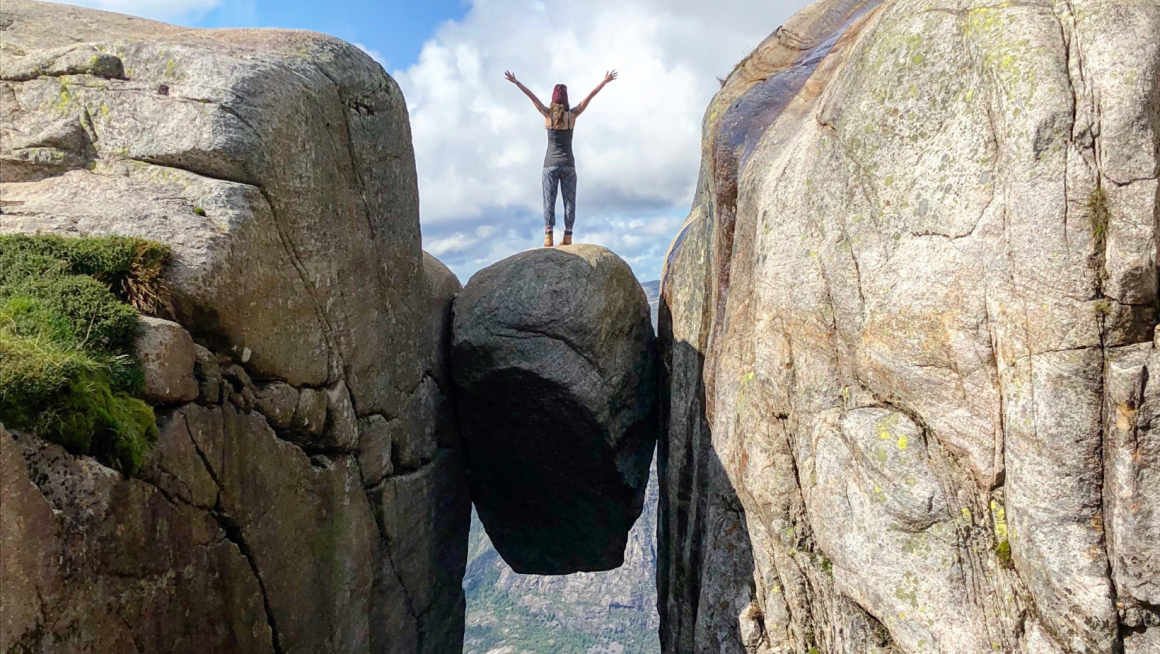
Asia is an incredible and full of history, culture, beauty and fantastic food! It’s filled with mind-blowing to things to see, both natural and man-made. Many sites come to mind when you hear Asia: The Great Wall of China, The Taj Mahal, Burj Khalifa and many others. Here is our list of 15 most popular man-made sites in Asia. Relive the history of ancient civilizations and be inspired by modern marvels with some of the most celebrated man-made creations.
[adinserter block=”1″]
Forbidden City, China

The historic landmark in Beijing is built of epic proportions and is reputed to be the largest palace complex in the world. Forbidden City once housed 90 palaces and courtyards, more than 900 buildings and over 9,000 rooms. The Forbidden City was the Chinese imperial palace from the Ming Dynasty to the end of the Qing dynasty—the years 1420 to 1912. Today, this great complex features the Palace Museum, which exhibits thousands of important artifacts, art pieces, jade, and ceramics.
Traditionally, the Forbidden City is divided into two parts. The Outer Court or Front Court that includes the southern sections was used for ceremonial purposes. The Inner Court or Back Palace includes the northern sections, and was the residence of the Emperor and his family, and was used for day-to-day affairs of state. Important highlights in the complex include the Hall of Supreme, the Hall of Central Harmony, and the Hall of Preserving Harmony.
Ali and Nino Statue, Georgia
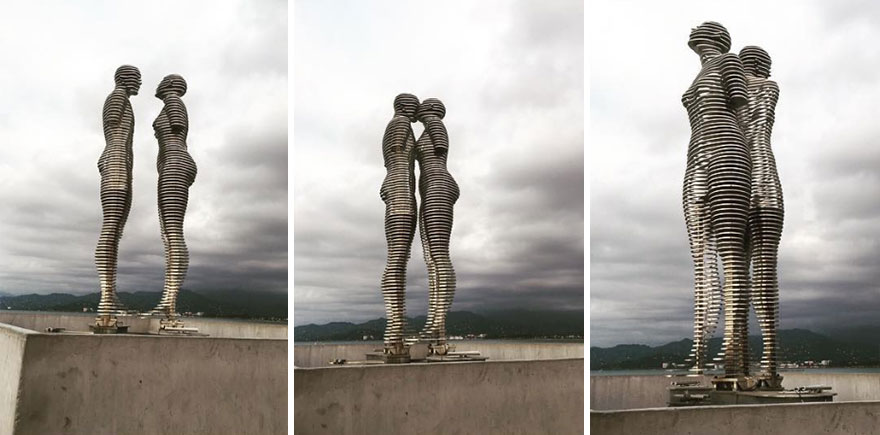
“Ali and Nino” is 8-meter tall moving steel sculpture by Georgian sculptor Tamara Kvesitadze. Located in the seaside city of Batumi, Georgia, the two figures represent a Muslim boy from Azerbaijan, Ali, and a Georgian princess, Nino, from a famous 1937 novel by Azerbaijani author Kurban Said. The tragic story ends with the lovers separated by the invasion of Soviet Russia. The statues begin to move every day at 7 p.m., merging for a short embrace, before leaving each other behind. After 10 minutes the movement is complete. The statue was designed in 2007 but only installed in 2010. If you are in Batumi, don’t miss this beautiful and peaceful attraction at the seaside.
Laykyun Setkyar Buddha, Myanmar
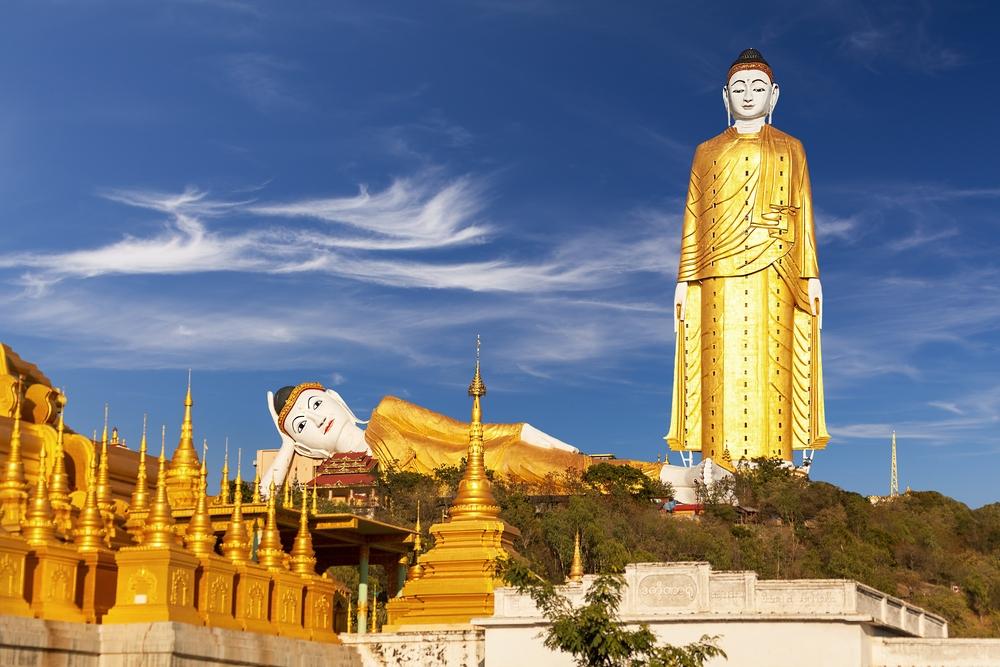
The Laykyun Setkyar Buddha is one of the top three tallest statues in the world at 116 meters located in the village of Khatakan Taung, near Monywa, Myanmar. Also known locally as Bodhi Tataung, this structure is a huge statue of a standing Buddha resplendent in gold robes, that can be seen from miles away as it towers above the modest landscape. Construction began in 1996, and it was completed on 21 February 2008.
Hagia Sophia, Turkey

Istanbul is an amazing city where East meets West, as it spans the continents of both Europe and Asia. And there is no better symbol of the cross-culturalism that is inherent in the Turkish city’s illustrious history than the revered Hagia Sophia that was a Greek Orthodox Christian patriarchal basilica (church), later an imperial mosque, and now a museum (Ayasofya Müzesi) in Istanbul. From the date of its construction in 537 AD, and until 1453, it served as an Eastern Orthodox cathedral and seat of the Patriarch of Constantinople. The building was later converted into an Ottoman mosque from 29 May 1453 until 1931. It was then secularized and opened as a museum on 1 February 1935. Hagia Sophia is one of the greatest surviving examples of Byzantine architecture. Its interior is decorated with mosaics and marble pillars and coverings of high artistic value.
National Chiang Kai-shek Memorial Hall, Taiwan
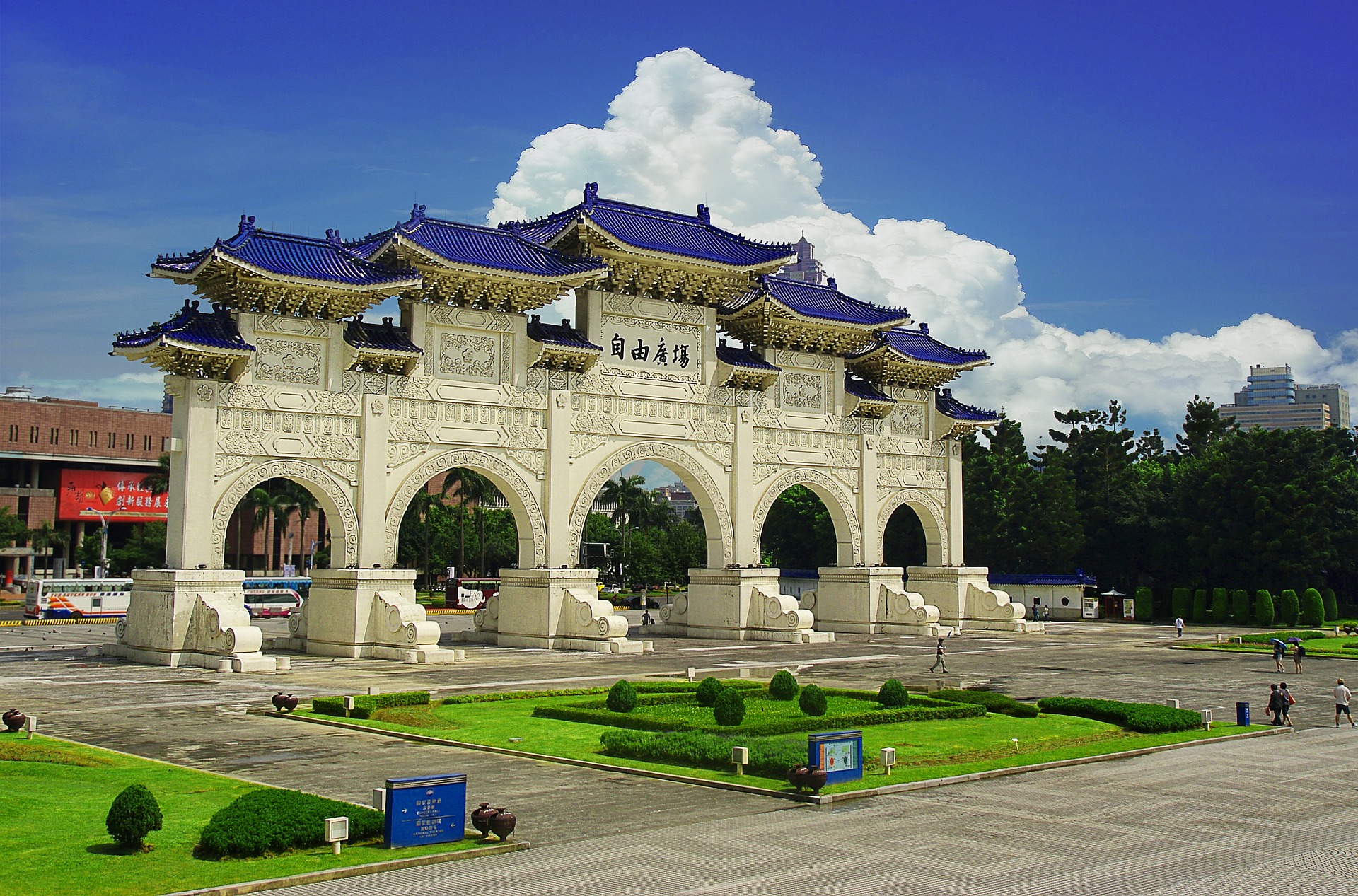
The National Chiang Kai-shek Memorial Hall is a national monument, landmark and tourist attraction erected in memory of Chiang Kai-shek, former President of the Republic of China. It is located in Zhongzheng District, Taipei, Taiwan. The monument, surrounded by a park, stands at the east end of Liberty Square. The Memorial Hall is white with four sides. The roof is blue and octagonal, a shape that picks up the symbolism of the number eight, a number traditionally associated in Asia with abundance and good fortune.
[adinserter block=”1″]
Two sets of white stairs, each with 89 steps to represent Chiang’s age at the time of his death, lead to the main entrance. The ground level of the memorial houses a library and museum documenting Chiang Kai-shek’s life and career and exhibits related to Republic of China era, Chinese history, and Taiwan’s history and development. The upper level contains the main hall, in which a giant statue of Chiang Kai-shek is located, and where a guard mounting ceremony takes place at regular intervals.
Burj Khalifa, UAE
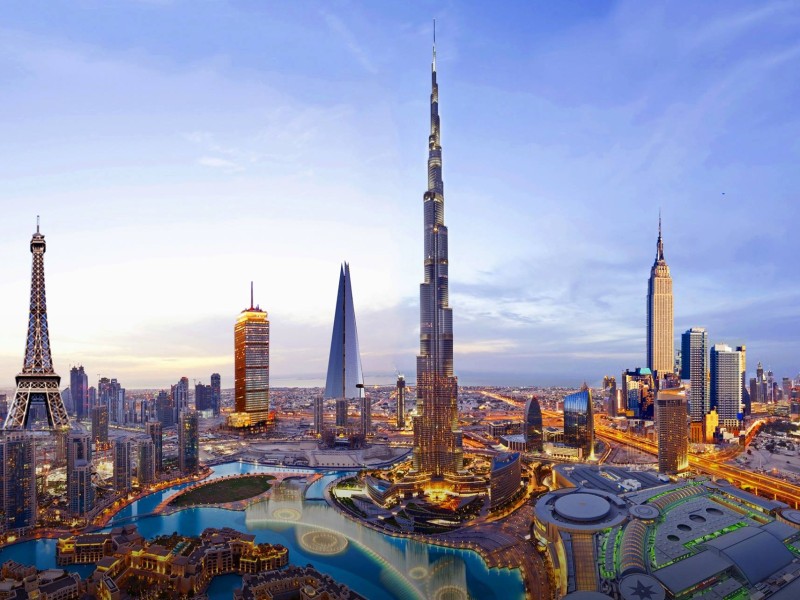
The Burj Khalifa that is known as the Burj Dubai before its inauguration is a mega tall skyscraper in Dubai, United Arab Emirates. It is the tallest structure in the world, standing at 829.8 meters. Construction of the Burj Khalifa began in 2004, with the exterior completed five years later in 2009. The primary structure is reinforced concrete. The building was opened in 2010 as part of a new development called Downtown Dubai. It is designed to be the centerpiece of large-scale, mixed-use development.
The decision to build the building is reportedly based on the government’s decision to diversify from an oil-based economy, and for Dubai to gain international recognition. Burj Khalifa has an observation deck on the 124th floor, while the 122nd floor offers excellent dining options with panoramic views. The building is also home to exclusive condos, and a premium hotel designed by famed fashion designer Giorgio Armani.
The Great Wall of China

Perhaps the most recognizable symbol of China and its long and vivid history, the Great Wall of China consists of many walls and fortifications, many running parallels to each other. It was built to protect the Chinese states and empires against the raids and invasions of the various nomadic groups of the Eurasian Steppe. Several walls were being built as early as the 7th century BC. Later, they joined and made bigger and stronger, are now collectively referred to as the Great Wall. Especially famous is the wall built 220–206 BC by Qin Shi Huang, the first Emperor of China. Little of that wall remains. Since then, the Great Wall has on and off been rebuilt, maintained, and enhanced; the majority of the existing wall is from the Ming Dynasty. Today, the Great Wall is recognized as one of the most impressive architectural feats in history. The best-known section of the Great Wall of China–Badaling attracts thousands of national and foreign tourists every day.
Qutub Minar, India
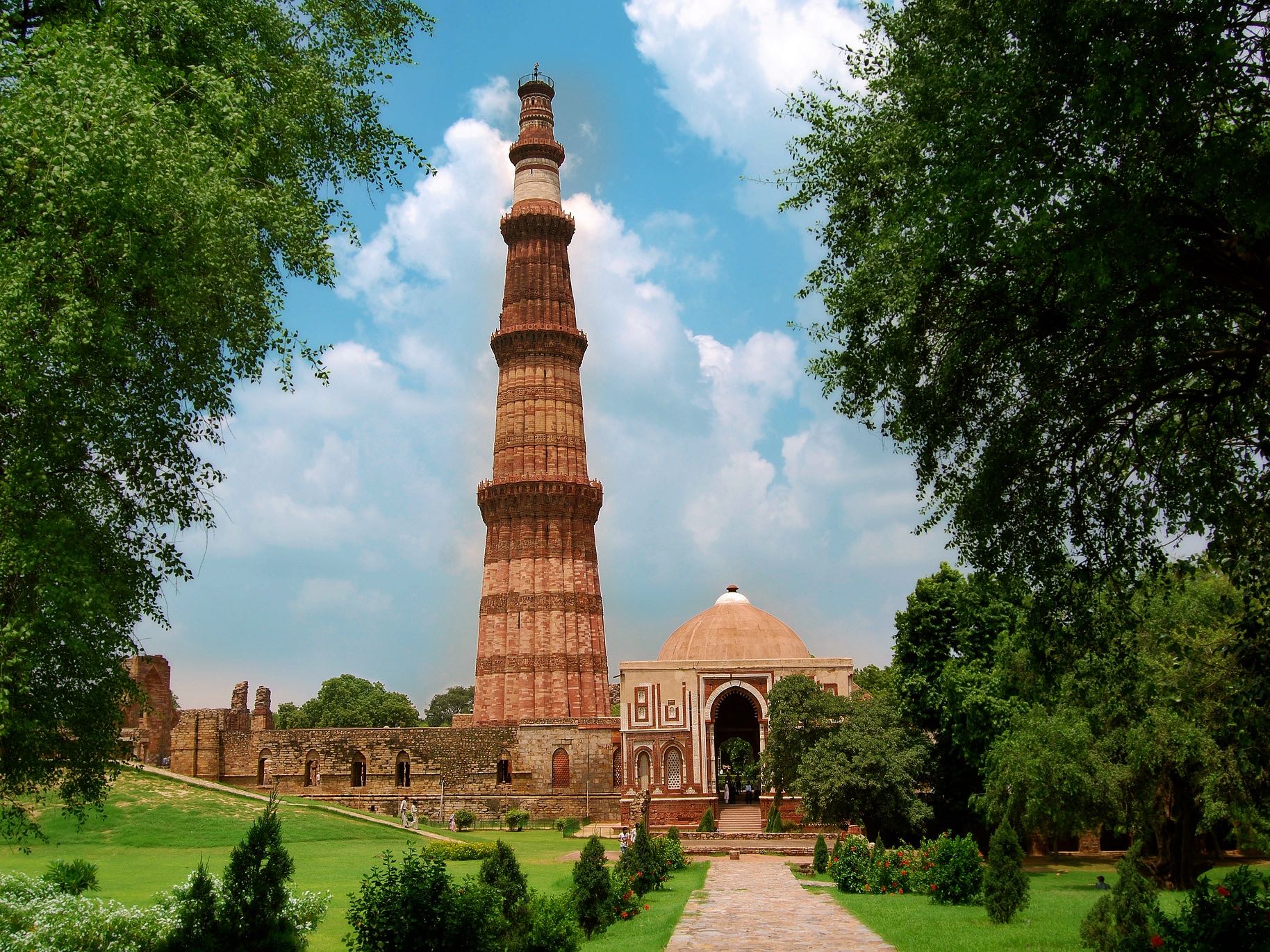
Aside from being filled with exotic sights and sounds, New Delhi is also steeped in history and heritage. An excellent example of its colorful past is the Qutub Minar, the world’s tallest rubble masonry minaret. Qutb Minar, along with the ancient and medieval monuments surrounding it, forms the Qutb complex, which is a UNESCO World Heritage Site.
The tower is located in the Mehrauli area of Delhi, India. Made of red sandstone and marble, Qutb Minar is a 73-meters tall tapering tower with a diameter measuring 14.3 meters at the base and 2.7 meters at the peak. Inside the tower, a circular staircase with 379 steps leads to the top. Qutb Minar station is the closest station on the Delhi Metro. Qutb Minar is surrounded by several historically significant monuments, which are historically connected with the tower and are part of the Qutb complex.
Azadi Tower, Iran
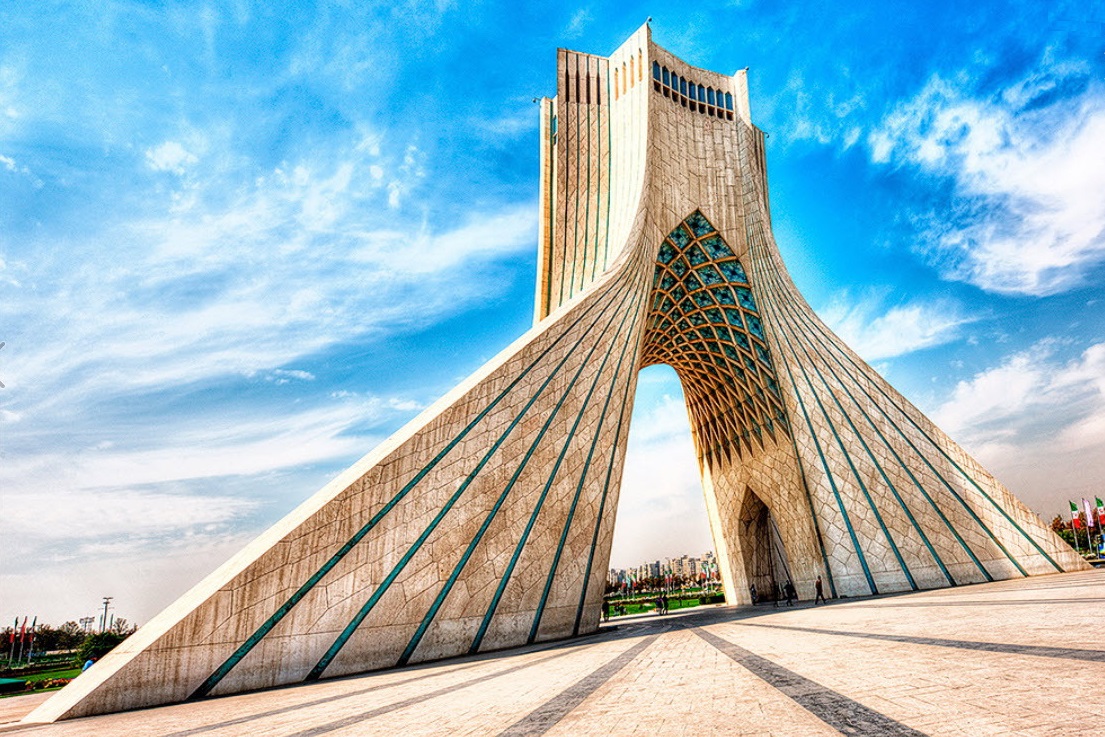
The Azadi Tower, formerly known as the Shahyad Tower, is a monument located at Azadi Square, in Tehran City, Iran. It is one of the symbols of Tehran and marks the west entrance to the city. The architect Hossein Amanat won a competition to design the building. He combined elements of the architecture of Sassanid and Achaemenid eras with the post-Islamic Iranian architecture. The tower is part of the Azadi Cultural Complex, located in Tehran’s Azadi Square in an area of about 50,000 m². There are several fountains around the base of the tower and a museum underground.
Built with white marble stone from the Isfahan Province, it includes eight thousand blocks of stone. The entrance is directly underneath the main vault and leads into the Azadi Museum on the basement floor. The black walls and proportions of the building are austere. Heavy doors open onto a crypt with subdued lighting issuing from showcases, each containing an object. Gold and enamel pieces, painted pottery, marble, miniature, and paintings are located among black marble walls. A concrete mesh forms the ceiling. An enduring emblem of the nation, the Azadi Tower is a paragon of legacy, art, and culture.
Genghis Khan Equestrian Statue, Mongolia
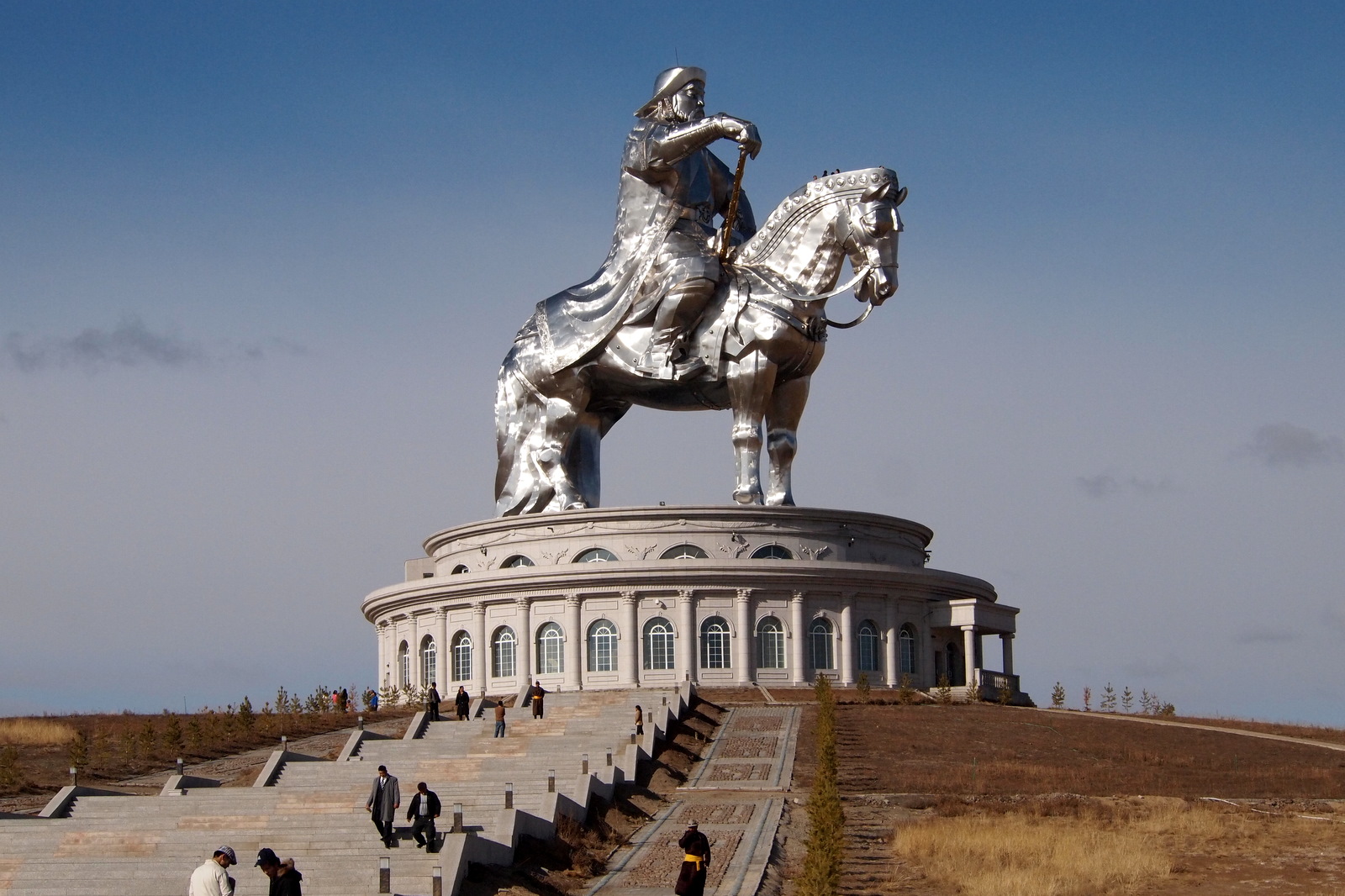
This structure was erected in remembrance of Genghis Khan, one of the greatest military leaders of all time. Built in 2008 in Erdene, the 40 meters high Genghis Khan Equestrian Statue, which depicts Mongolia’s national hero on horseback, is the largest equestrian statue in the world. The statue is symbolically pointed east towards his birthplace. It is on top of the Genghis Khan Statue Complex, a visitor center. It was designed by sculptor D. Erdenebileg and architect J. Enkhjargal. Visitors walk to the head of the horse through its chest and neck, where they have a panoramic view. The main statue area is designed and arranged in the pattern of the horse brand marks that were used by the 13th-century Mongol tribes. At night, the stately monument is bathed in yellow light, giving it an alluring golden aura.
[adinserter block=”1″]
Taj Mahal, India
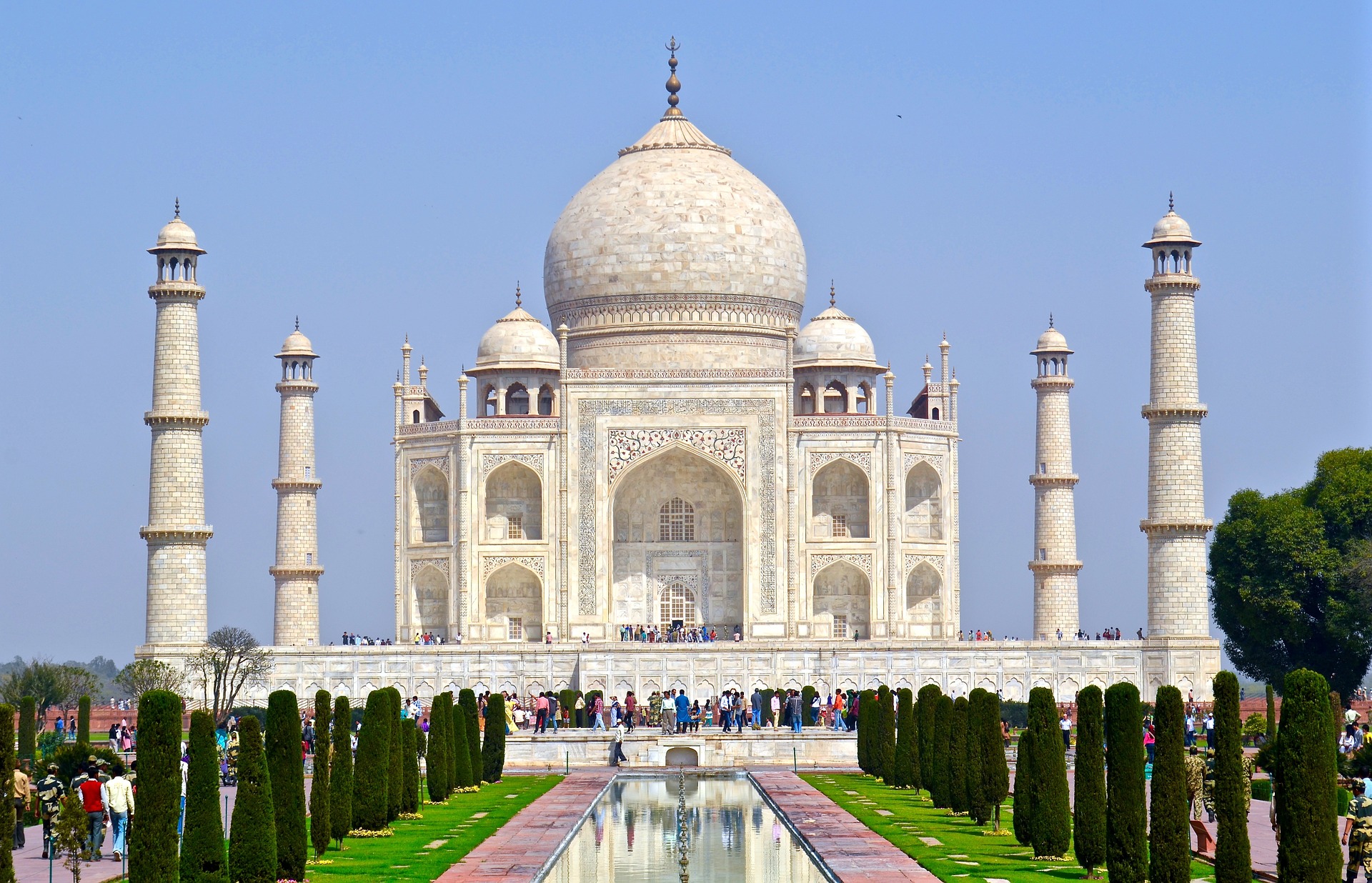
The Taj Mahal is an ivory-white marble mausoleum on the south bank of the Yamuna River in the Indian city of Agra. It was commissioned in 1632 by the Mughal emperor, Shah Jahan, to house the tomb of his favorite wife, Mumtaz Mahal, a Persian princess who died giving birth to their 14th child, Gauhara Begum. Construction of the Taj Mahal began in 1632. The imperial court documenting Shah Jahan’s grief after the death of Mumtaz Mahal, illustrate the love story held as the inspiration for Taj Mahal. The tomb is the centerpiece of a 17-hectare complex, which includes a mosque and a guest house, and is set in formal gardens bounded on three sides by a crenelated wall.
Great Buddha of Kamakura, Japan
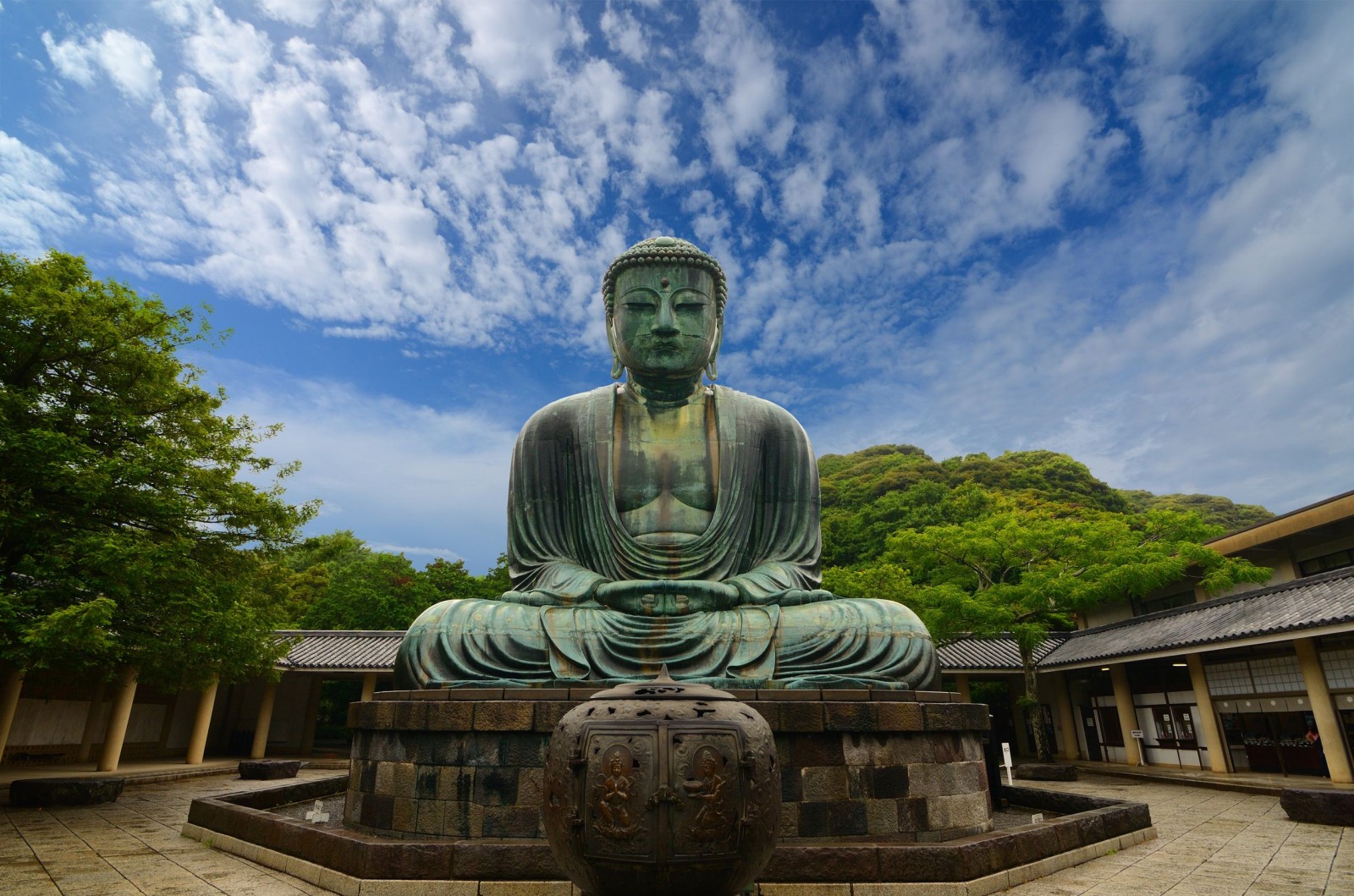
This bronze statue of a sitting Amitabha Buddha in Kamakura dates back to the mid-13th century and is located within the temple grounds of Kotoku-in. The temple is renowned for its “Great Buddha” which is one of the most famous icons of Japan. The bronze statue probably dates from 1252, in the Kamakura period, according to temple records. The statue is approximately 13.35 meters tall including the base and weighs about 93 tons. The statue is hollow, and visitors can view the interior. Many visitors over the years have left graffiti on the inside of the statue. At one time, there were thirty-two bronze lotus petals at the base of the statue, but only four remains, and they are no longer in place.
Lord Murugan Statue, Malaysia

Lord Murugan Statue is the tallest statue of a Hindu deity in Malaysia and the second tallest statue of a Hindu deity in the world. It’s also the tallest statue in Malaysia at 42.7 meters in height. This Statue is located at the Sri Murugan Perumal Kovil at the foot of Batu Caves. The cave is one of the most popular Hindu shrines outside India and is dedicated to Lord Murugan. It is the focal point of Hindu festival of Thaipusam in Malaysia. The magnificent gold colored landmark took three years to complete and is constructed from 250 tons of steel and 1,550 cubic meters of concrete.
Angkor Thom, Cambodia

Angkor Thom, located in present-day Cambodia, was the last and most enduring capital city of the Khmer empire. It covers an area of 9 km², within which are located several monuments from earlier eras. Angkor Thom is in the Bayon style. This manifests itself in the large scale of the construction, in the widespread use of laterite, in the face-towers at each of the entrances to the city and in the naga-carrying giant figures which accompany each of the towers.
At the center of the city, there is the Bayon Temple with the other major sites clustered around the Victory Square immediately to the north. Most of the magnificent Angkor ruins have vast displays of bas-relief depicting the various gods, goddesses, and other-worldly beings from the mythological stories and epic poems of ancient Hinduism (modified by centuries of Buddhism). Mingled with these images are actual known animals, like elephants, snakes, fish, and monkeys, in addition to dragon-like creatures that look like the stylized, elongated serpents (with feet and claws) found in Chinese art.
Erawan Museum, Thailand
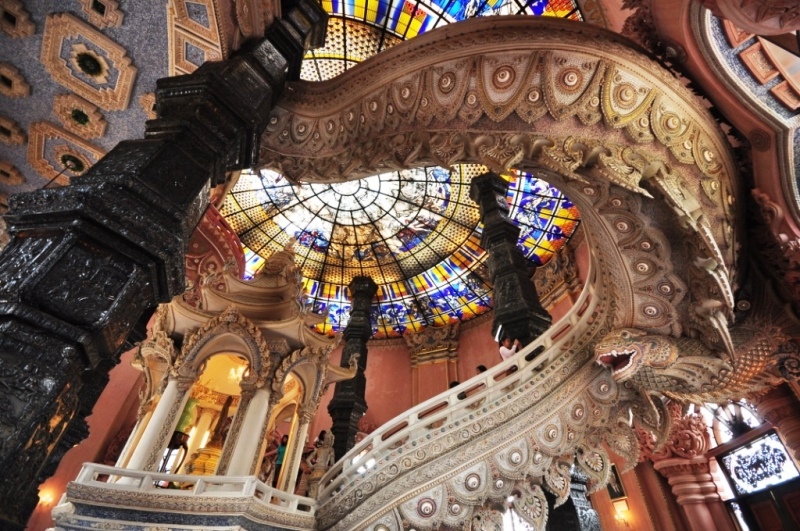
In the province of Samut Prakan, just half an hour from Bangkok lies the Erawan Museum. It is well known for its giant three-headed elephant art display. The Erawan Museum is the door opening to the heritage of Thai culture. With a wide range of architectural symbols combined with fine arts and craftsmanship, structural layout and natural environment that integrate harmoniously, the Erawan Museum creates a kind of atmosphere that induces visitors to perceive and appreciate the continuity of history, cultures, religions, and arts.
The massive three-headed elephant made is 29 meters high, 39 meters long and stands on a 15-meter high pedestal. The inside of the museum is modeled after the Hindu representation of the universe, which consists of the underworld (1st floor), earth (2nd floor) and Heaven (top floor). The lower two floors are located inside the pedestal while the top floor is located in the belly of the elephant.
[adinserter block=”1″]

